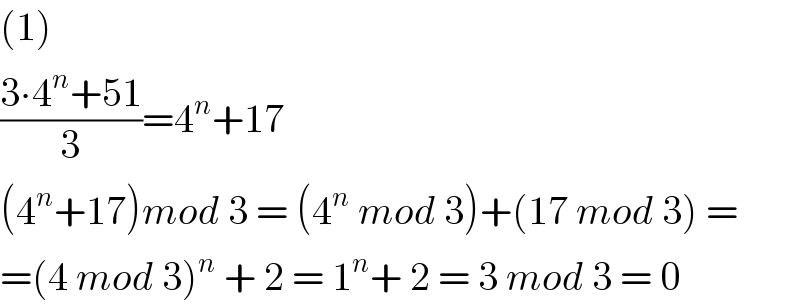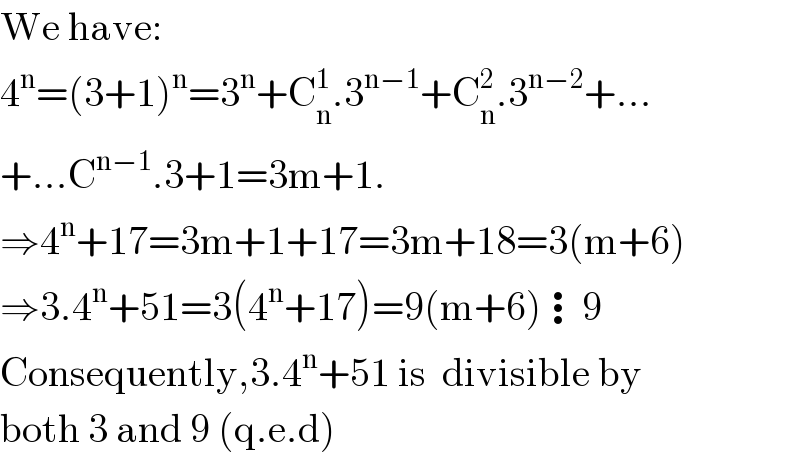
Question and Answers Forum
Question Number 106596 by mathdave last updated on 06/Aug/20

Answered by john santu last updated on 06/Aug/20

Answered by Rasheed.Sindhi last updated on 06/Aug/20

Answered by JDamian last updated on 06/Aug/20

Answered by 1549442205PVT last updated on 06/Aug/20

